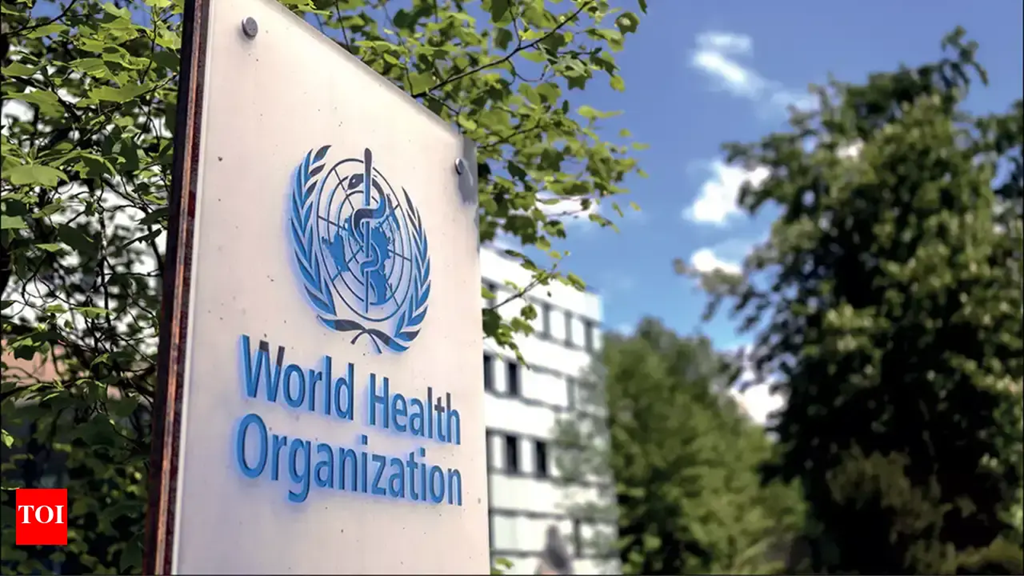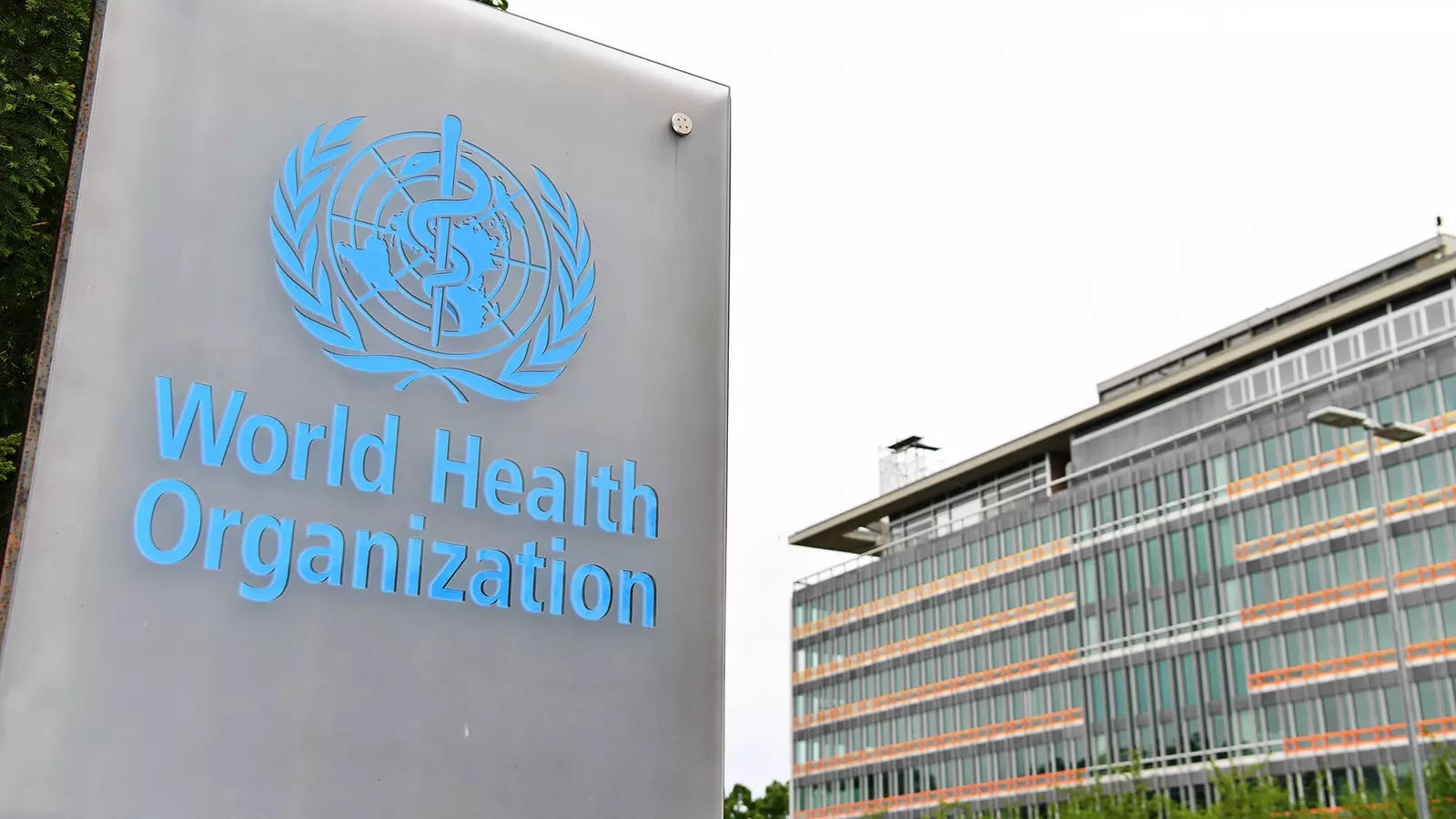Due to Covid-induced disruptions, around 110,000 children and adolescents (0-19 years) died from AIDS-related causes during 2021 while another 310,000 were newly infected, bringing the total number of young people living with HIV to 2.7 million, according to the latest UNICEF global snapshot on children and HIV/AIDS, which was released recently.
These disruptions put the lives of newborn babies at increased risk. In 2021, more than 75,000 new child infections occurred because pregnant women were not diagnosed and initiated on treatment, as per the snapshot.
Taking serious note of the gloomy scenario, ahead of World Aids Day on December 1, UNICEF has warned that progress in HIV prevention and treatment for children, adolescents, and pregnant women has nearly flatlined over the past three years, with many regions still not at pre-Covid service coverage.
This stagnation comes on top of an existing and growing gap in treatment between children and adults. Unless the drivers of inequities are addressed, ending AIDS in children and adolescents will continue to be a distant dream, warned UNICEF.
“Though children have long lagged behind adults in the AIDS response, the stagnation seen in the last three years is unprecedented, putting too many young lives at risk of sickness and death,” said Anurita Bains, Unicef associate chief of HIV/AIDS. “Children are falling through the cracks because we are collectively failing to find and test them and get them on life-saving treatment. Every day that goes by without progress, over 300 children and adolescents lose their fight against AIDS.”
Despite accounting for only 7 per cent of overall people living with HIV, children and adolescents comprised 17 per cent of all AIDS-related deaths and 21 per cent of new HIV infections in 2021. However, the snapshot shows that longer-term trends remain positive.
New HIV infections among younger children (0-14 years) dropped by 52 per cent from 2010 to 2021, and new infections among adolescents (15-19 years) also dropped by 40 per cent. Similarly, coverage of life-long antiretroviral treatment (ART) among pregnant women living with HIV increased from 46 per cent to 81 per cent in a single decade. While the total number of children living with HIV is on the decline, the treatment gap between children and adults continues to grow.
In Unicef HIV-priority countries, ART coverage for children stood at 56 percent in 2020 but fell to 54 per cent in 2021. This decline is due to several factors, including the Covid-19 pandemic and other global crises, which have increased marginalisation and poverty, but is also a reflection of waning political will and a flagging AIDS response in children. Meanwhile, coverage among all adults living with HIV (76 per cent) was more than 20 percentage points higher than among children.










![Best Weight Loss Supplements [2022-23] New Reports!](https://technologytangle.com/wp-content/uploads/2022/12/p1-1170962-1670840878.png)




